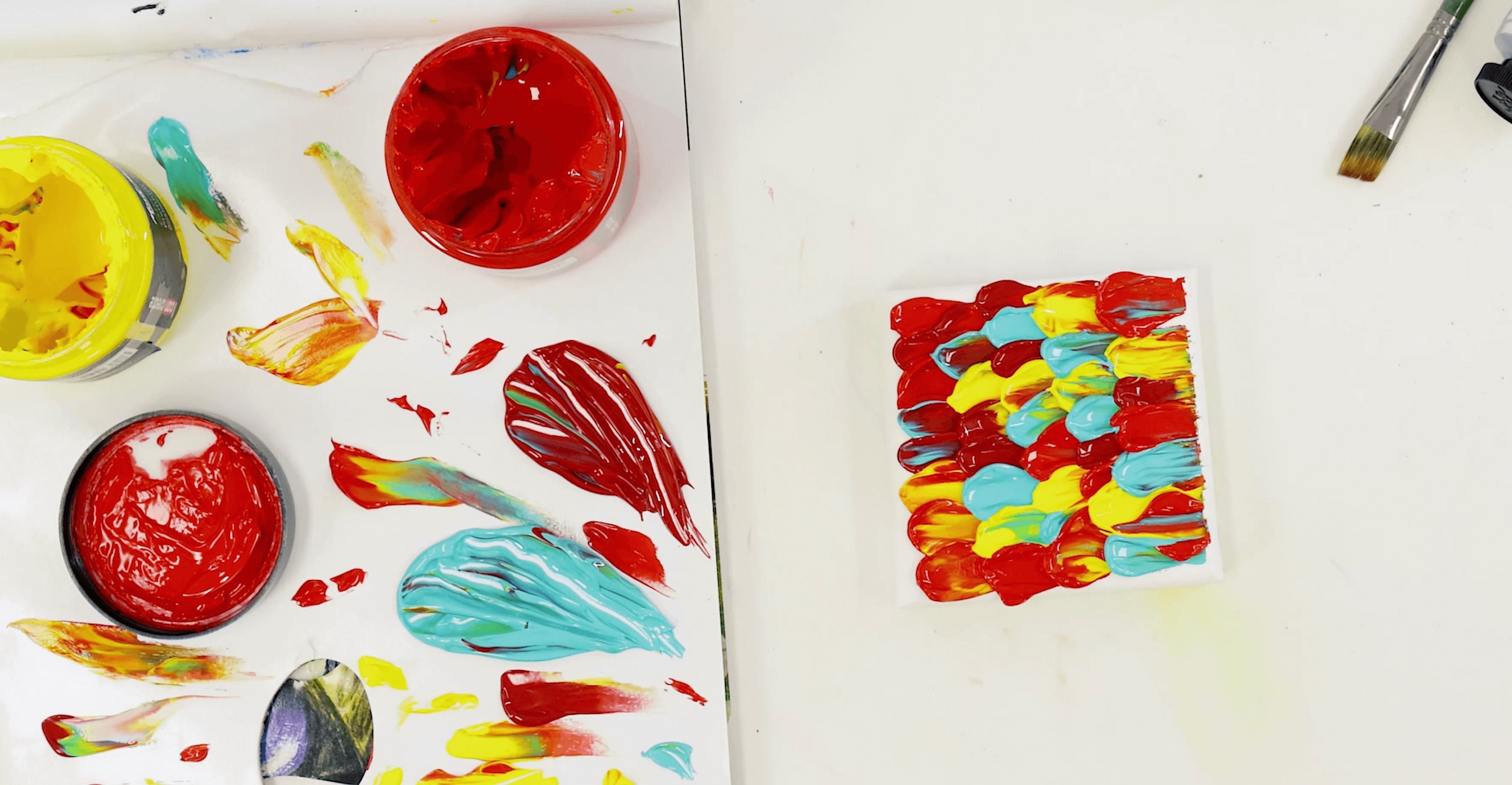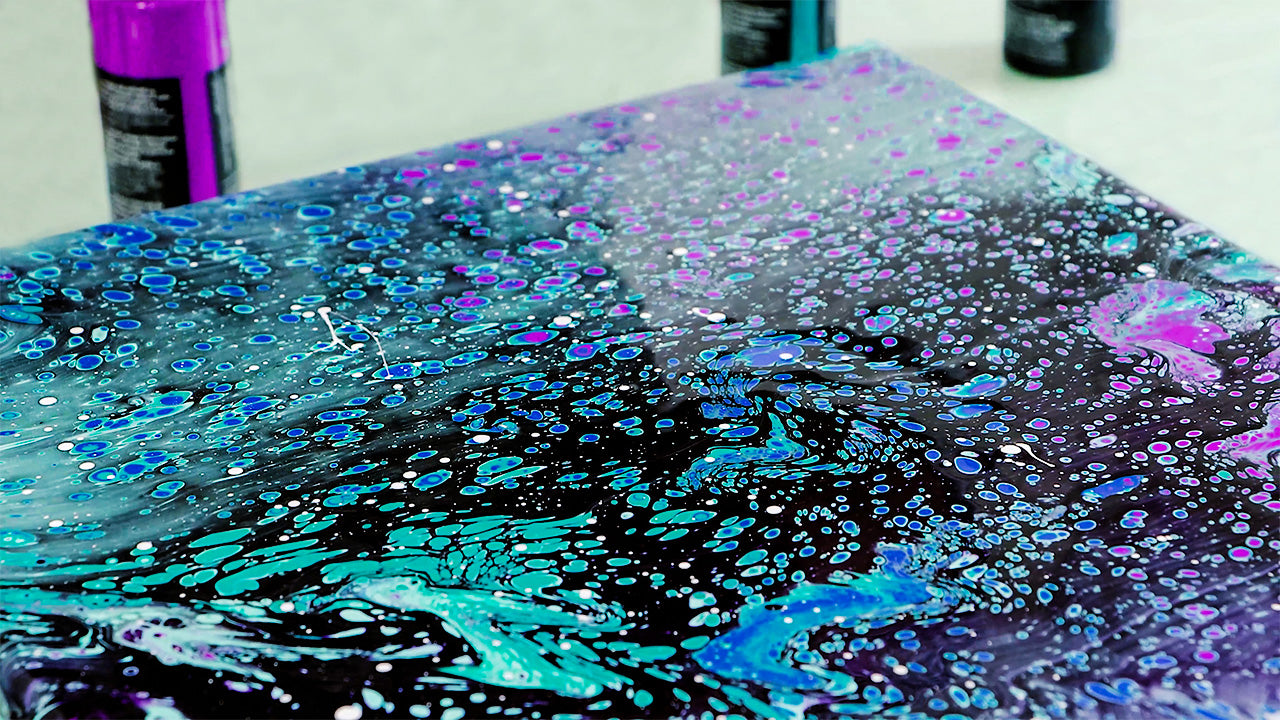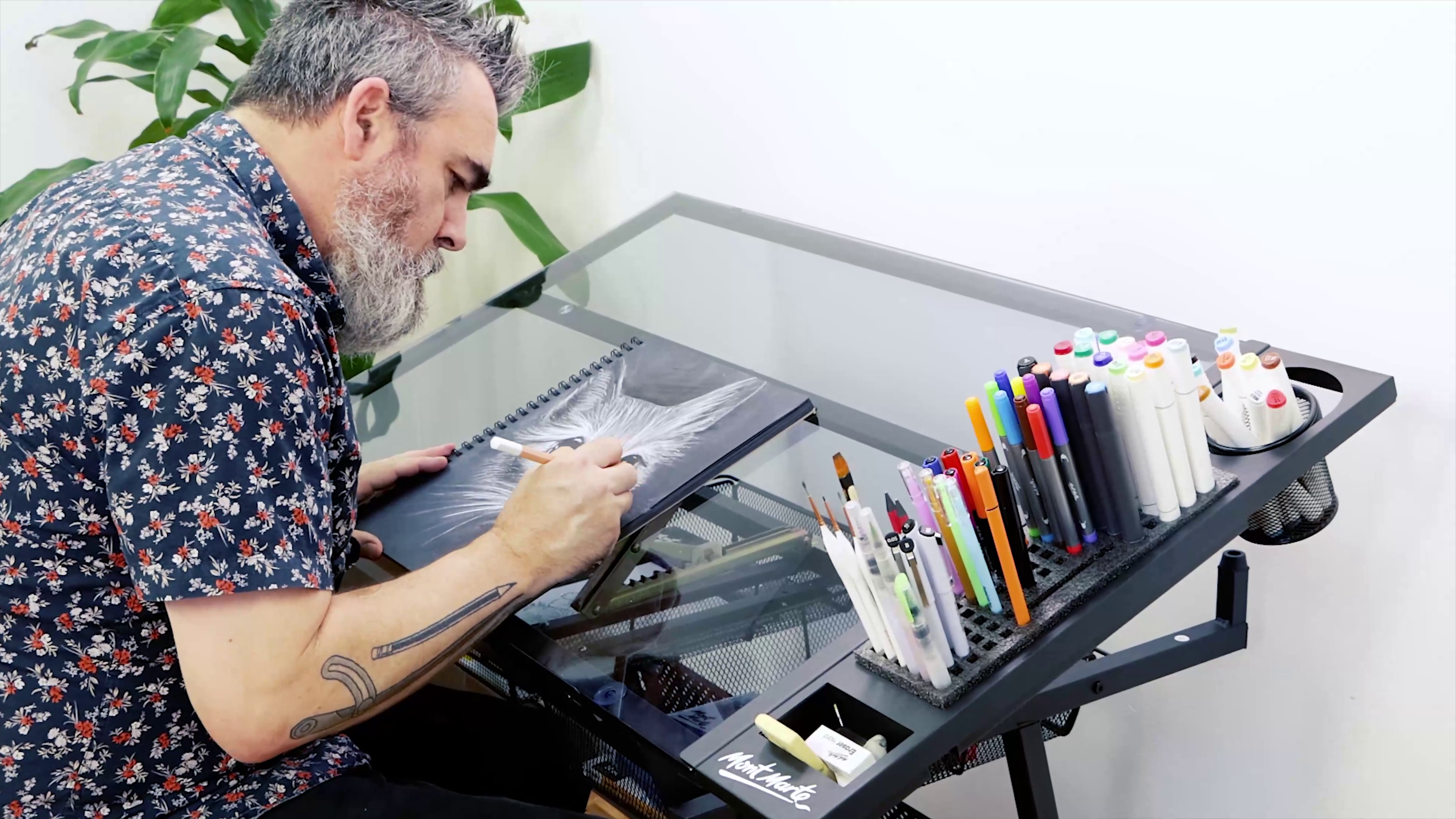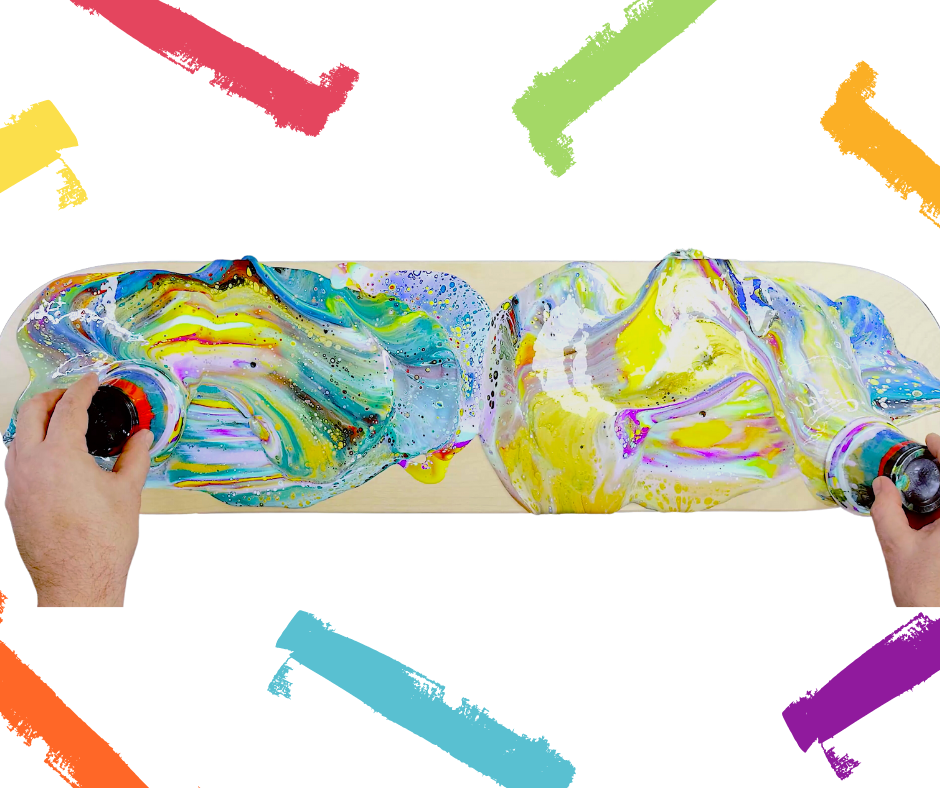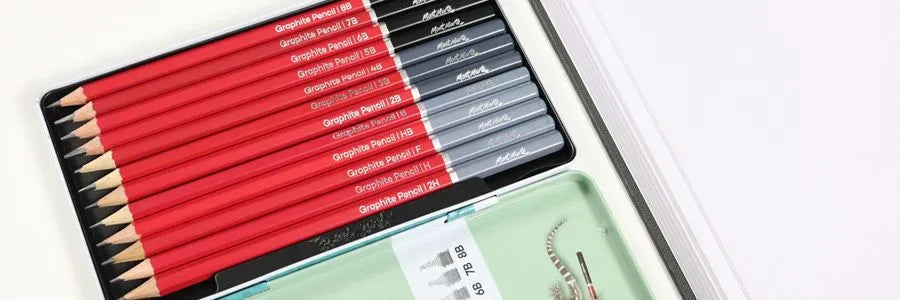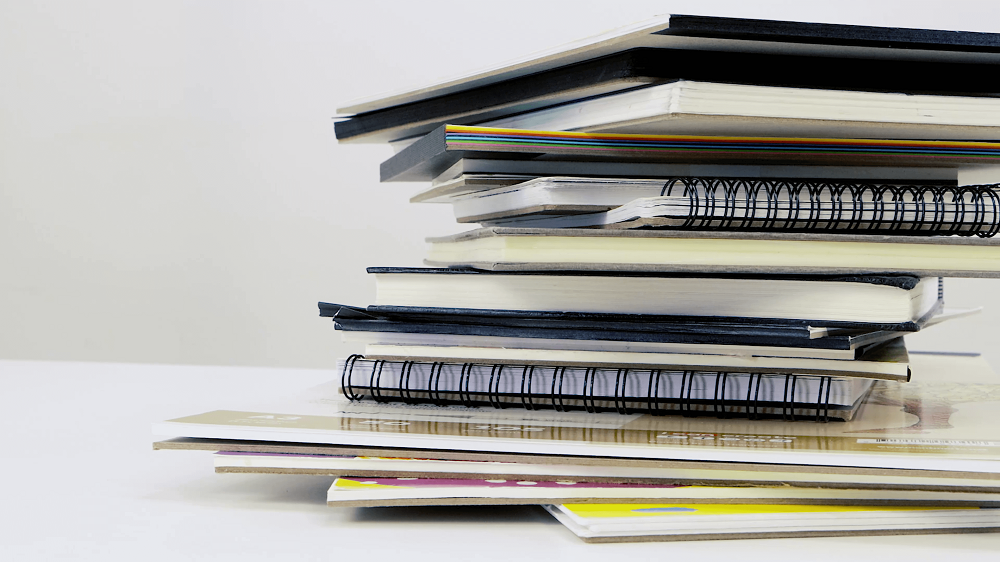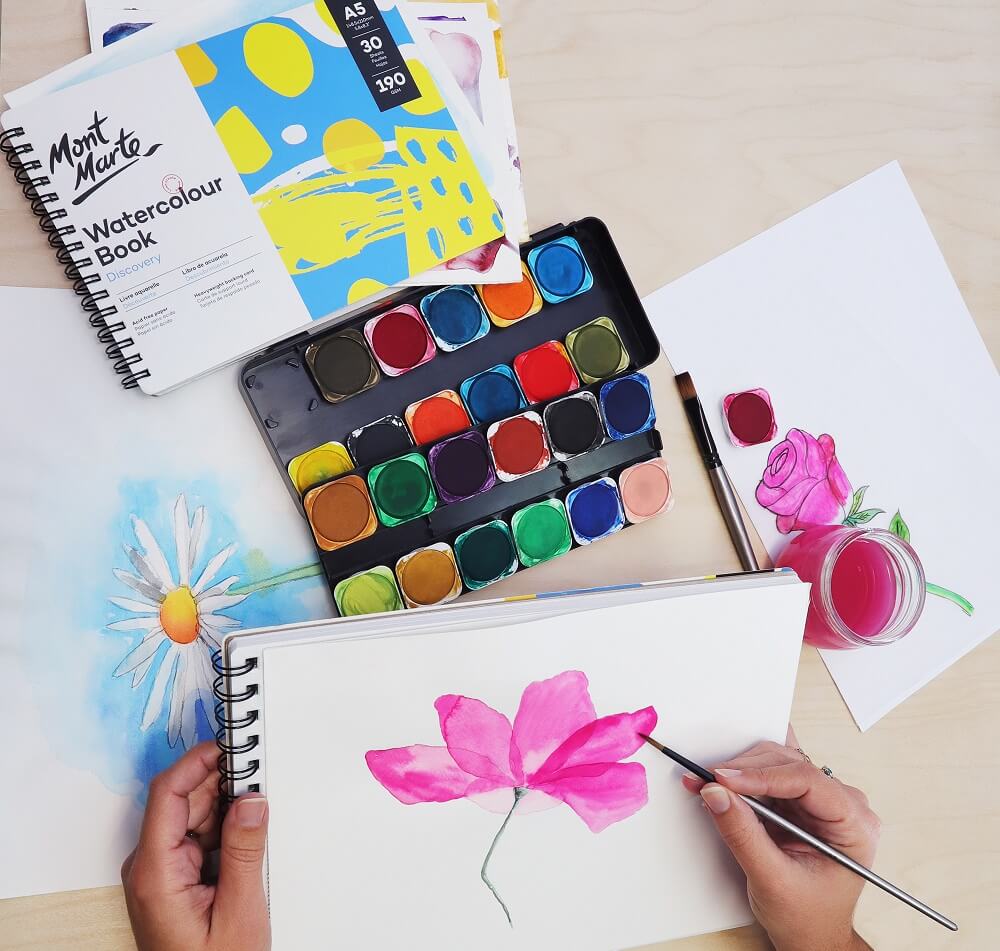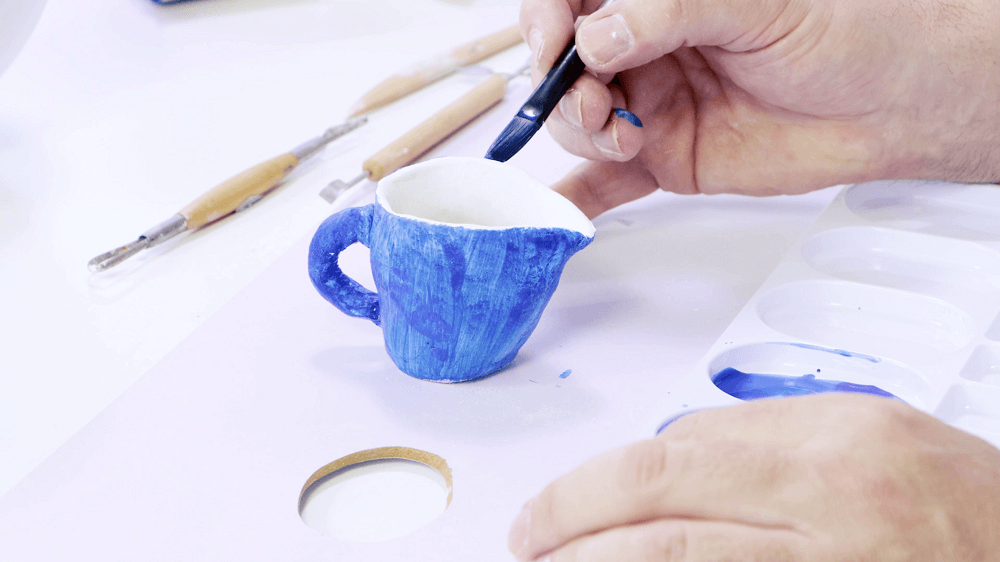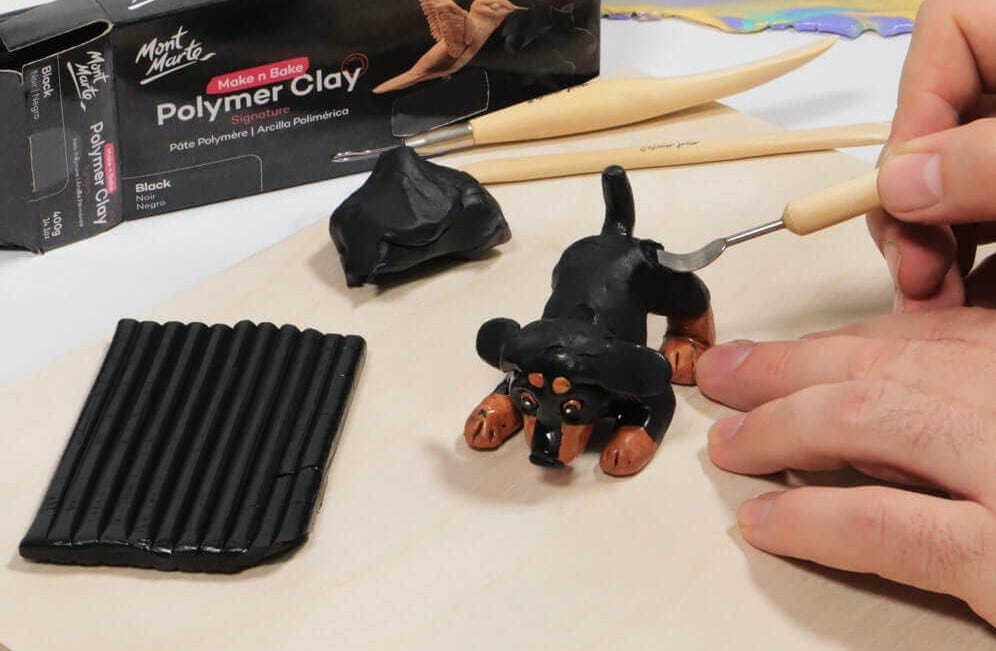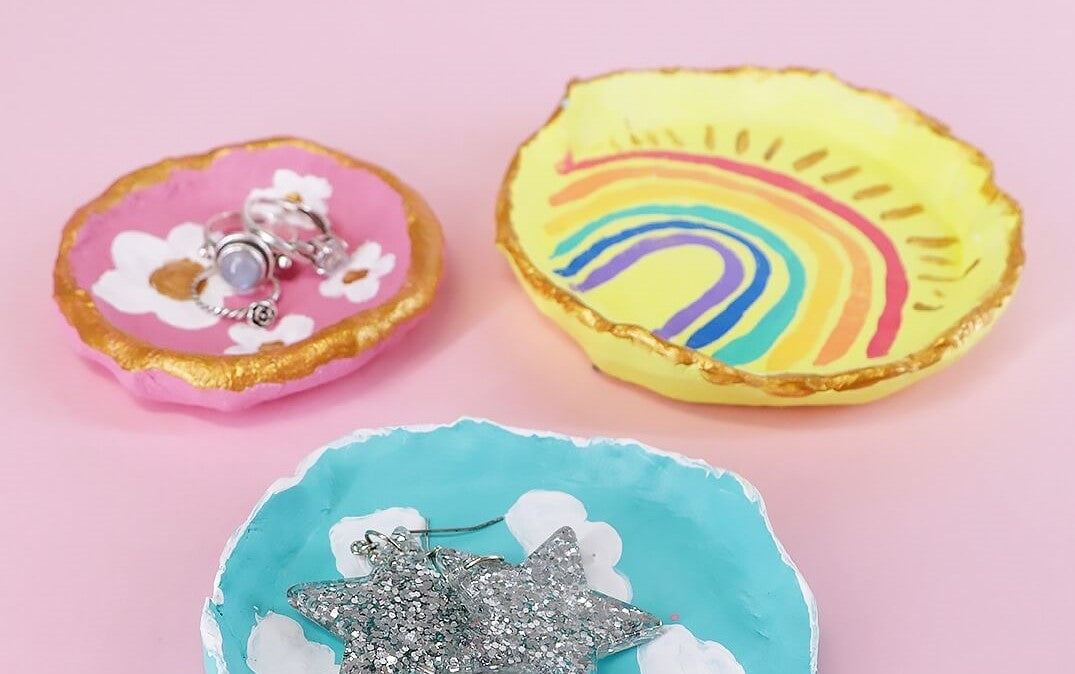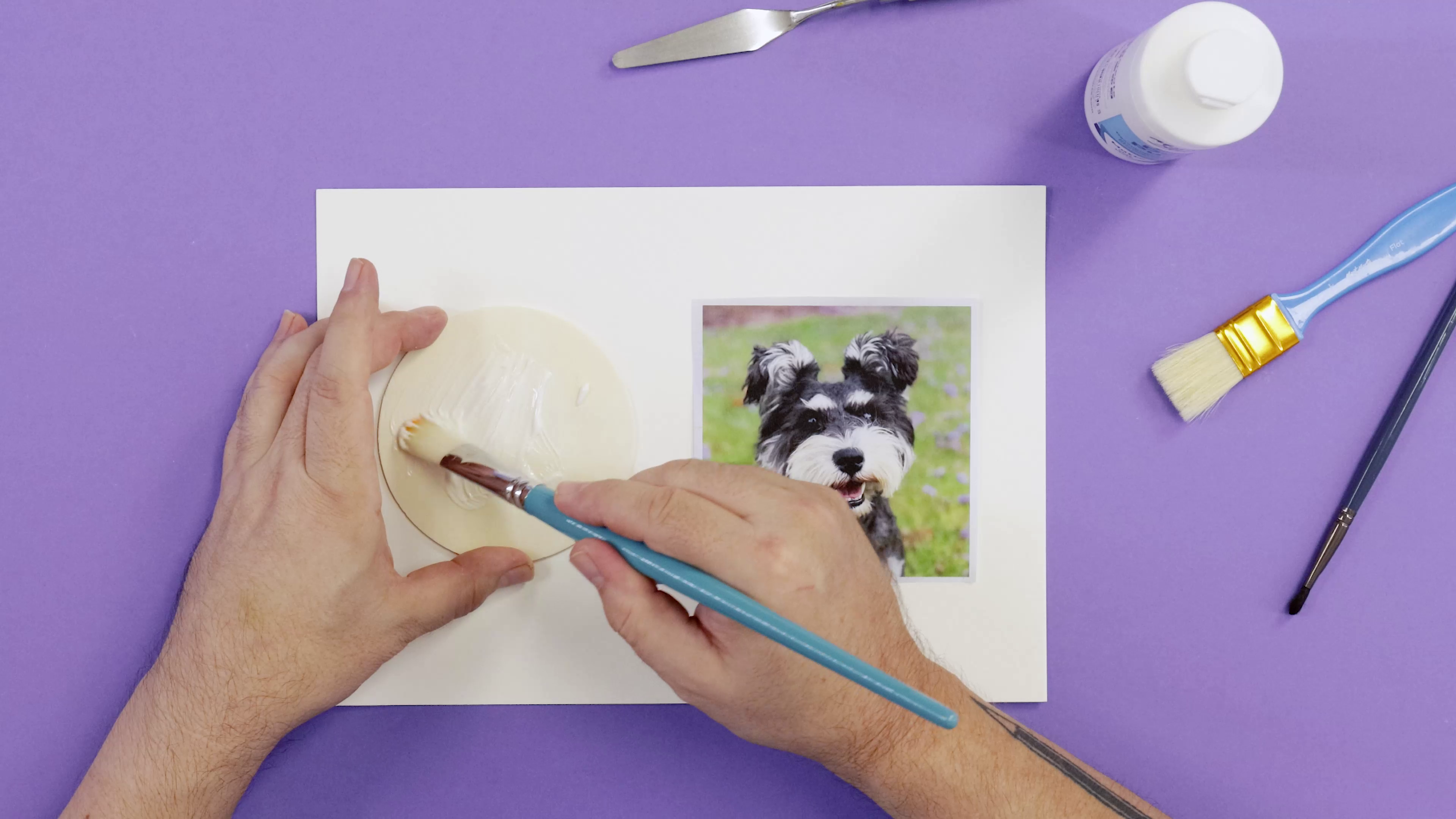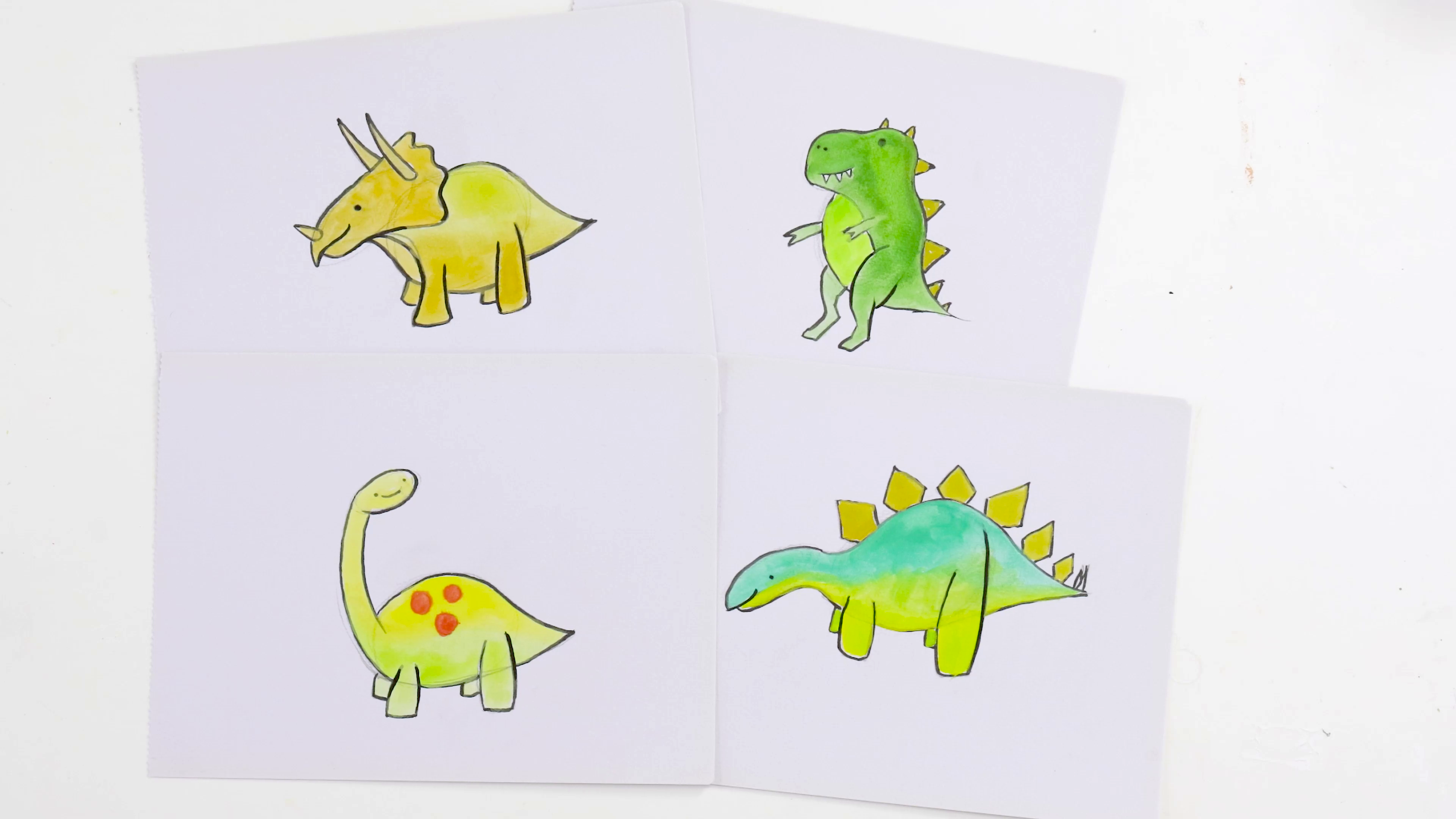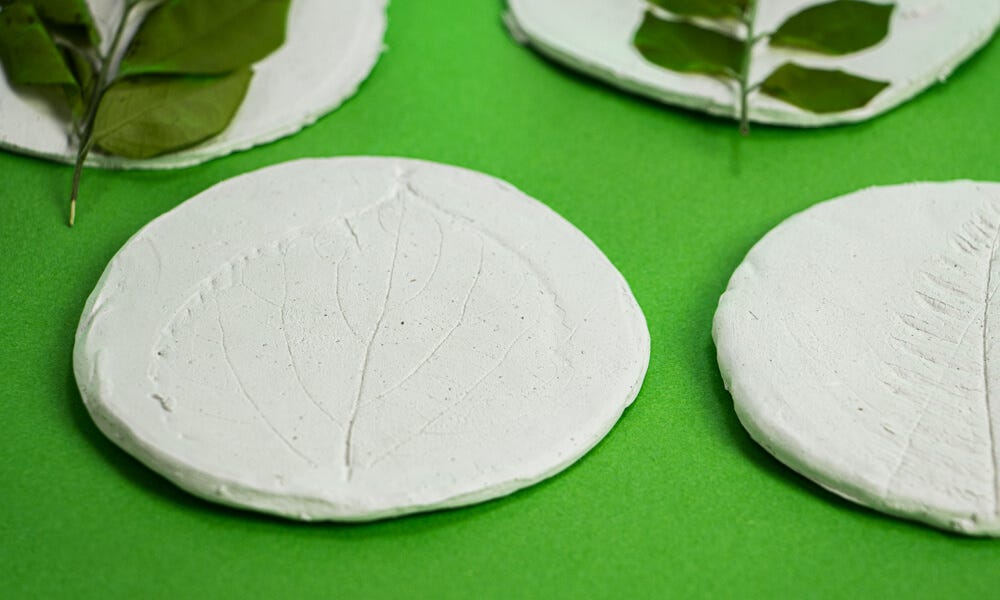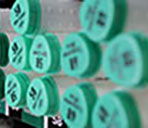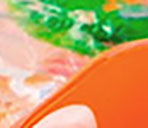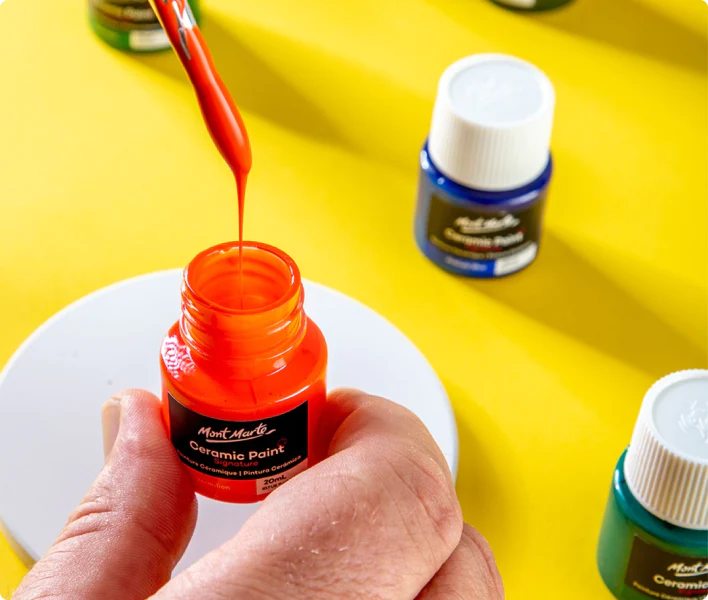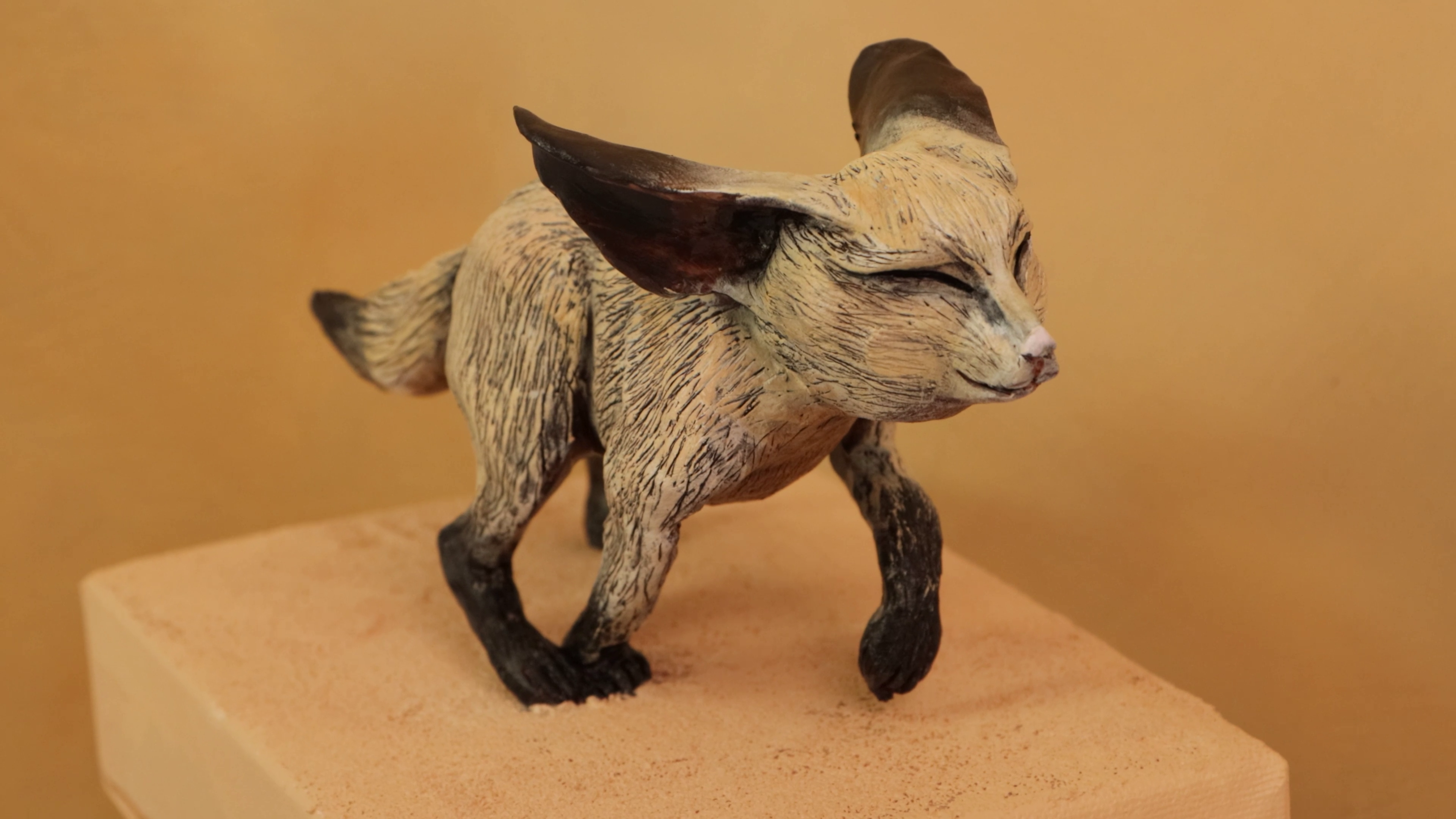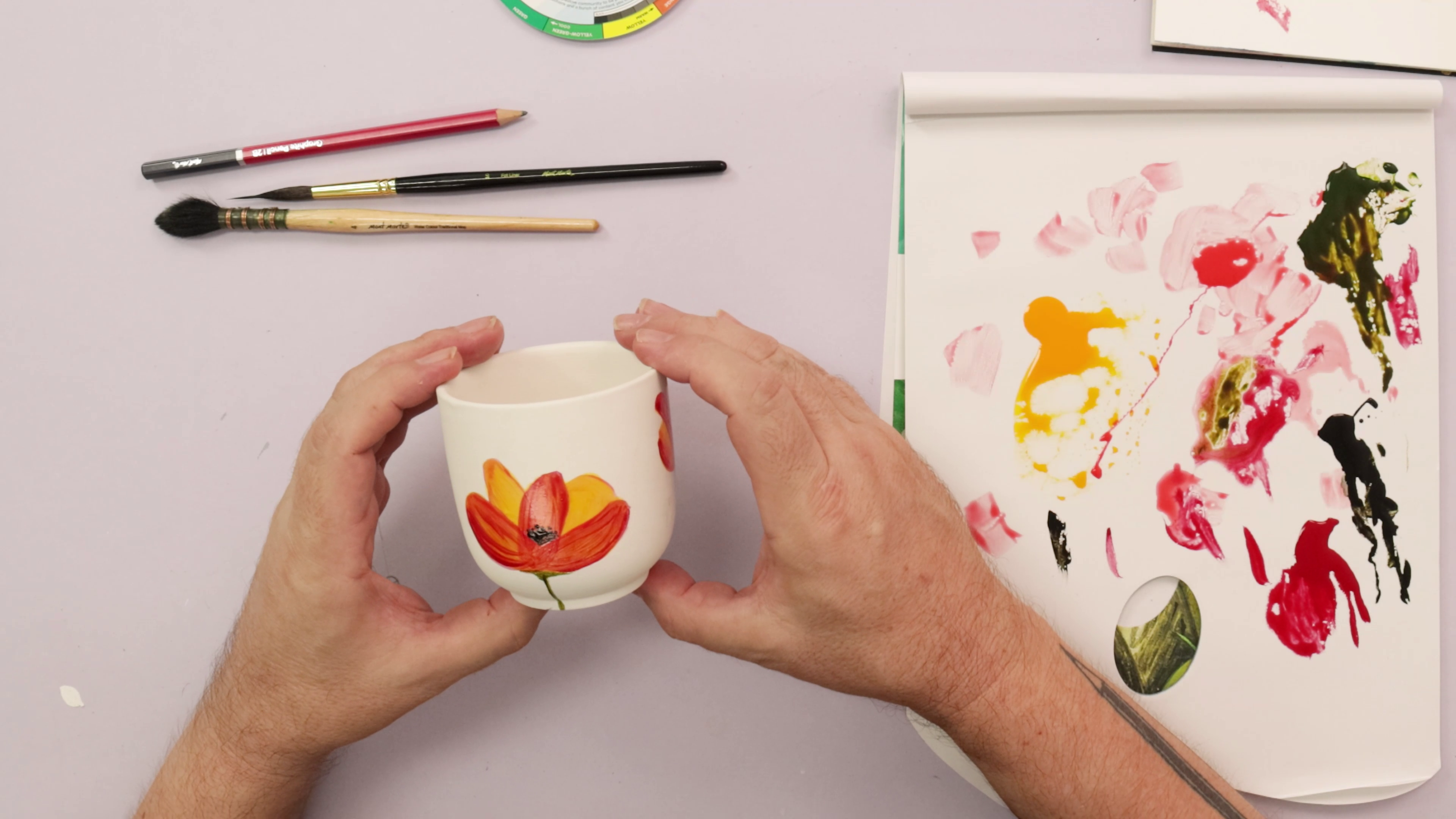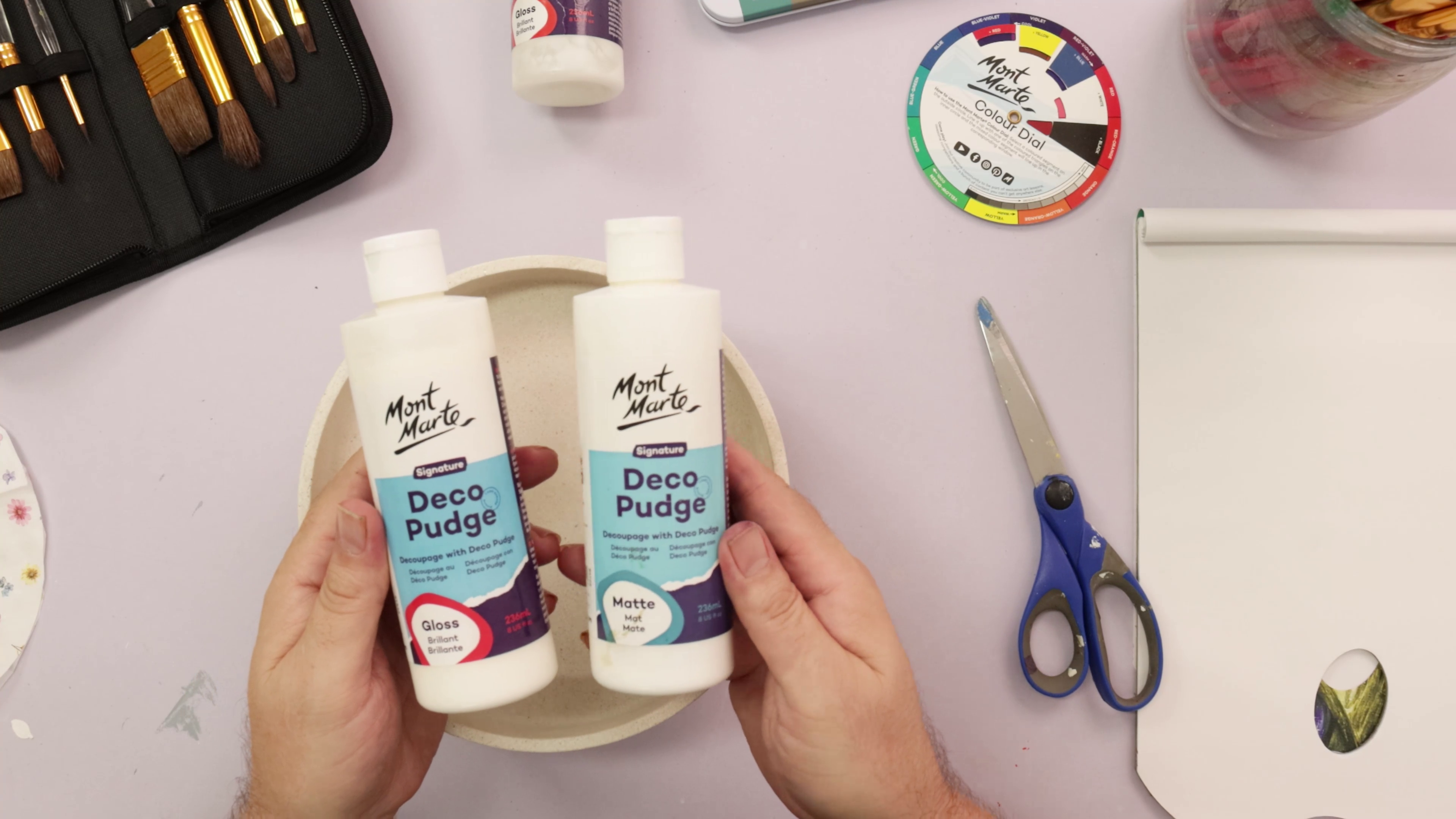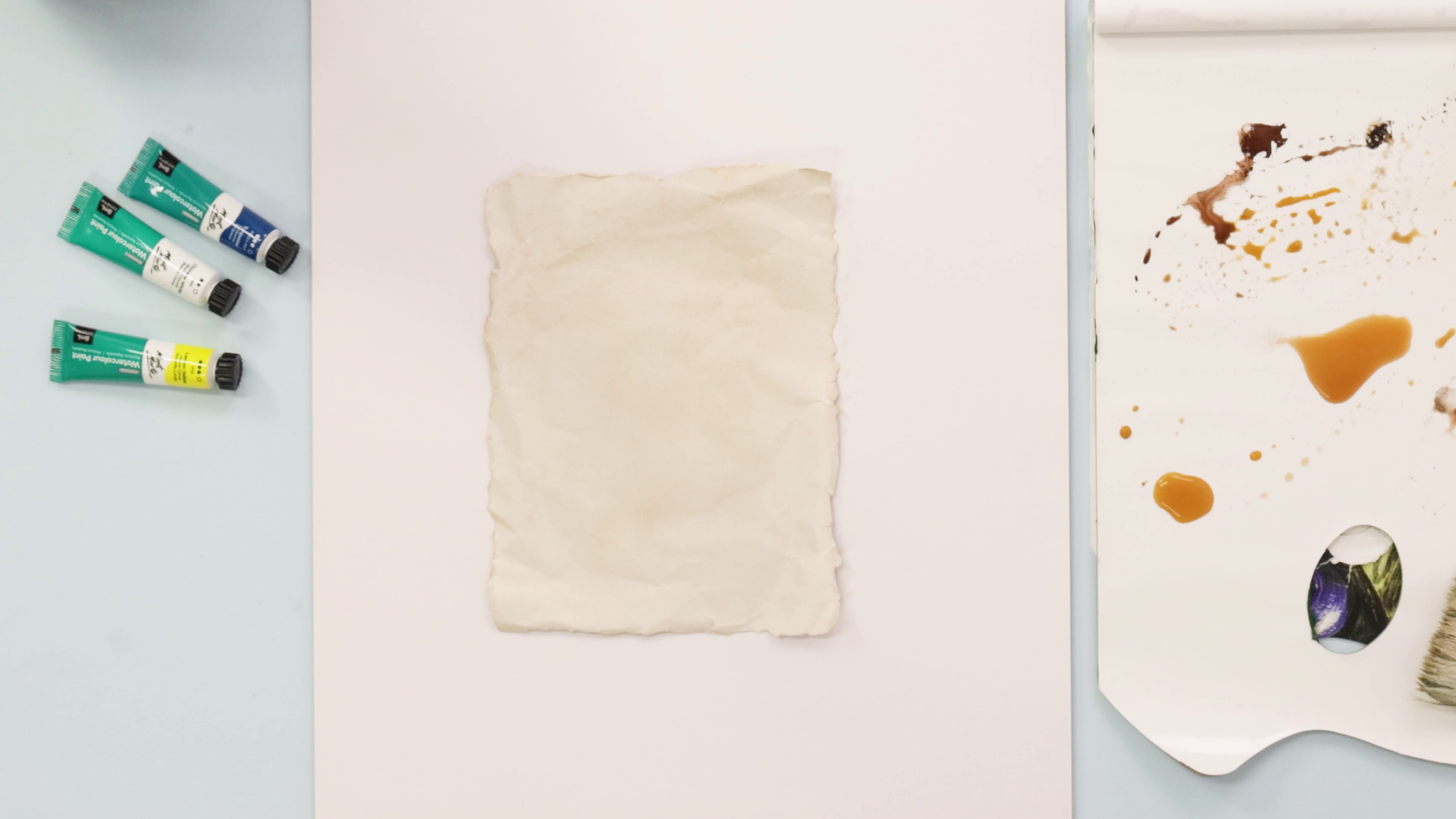Dotted animal painting: tiger
Take some time out and learn how to create a dotted tiger painting. This can be used as a mindfulness activity and also looks great on your wall! Check out the PDF and materials list below.
Step 1. Preparing the canvas.
The first step is to insert all of the keys into the corners of the canvas. This will tighten the canvas allowing for more efficient dotting.
Next coat the canvas with Black chalk paint. Allow this coat to dry.
We use chalk paint for a base coat for two reasons; the first is that it is a flat tone so the Black dots will be discernible on it and the second is that the surface has texture so that white charcoal will work on the surface
Step 2. Drawing up the tiger.
Refer to the first image in this PDF. Use a White Charcoal pencil to draw up the tiger. Start by laying in the verticle and horizontal lines first. Pay close attention to the image and try to create the drawing as symmetrically as you can. If you make a mistake you can wipe off the offending area with a clean damp cloth.
Step 3. Mixing the colours.
You will notice there are 14 colours on the colour guide, but we only ended up using 11 of them in the project.
Mix each colour and once mixed keep it in a disposable cup and then number each cup so it corresponds with the colour on the colour guide. The colours and how to mix them are laid out below.
1) Titanium White.
2) Light Grey: 1 part Lamp Black to 9 parts Titanium White.
3) Medium Grey: 2 parts Lamp Black, 8 parts Titanium White and a spot of Yellow Ochre.
4) Dark Grey: 3 parts Lamp Black, 7 parts Titanium White and 2 parts Burnt Sienna.
5) Lamp Black.
6) Peach: 1 part Orange, 1 part Lemon Yellow and 8 parts Titanium White.
7) Not used
8) Medium Orange: 2 parts Yellow Orange, 1 part Lemon yellow and 4 parts Titanium White.
9) Orange: Yellow Orange
10) Burnt Sienna
11) Not used
12) Not used
13) Rose Madder
14) Emerald Green
NOTE: The colours do not need to be exactly as they are shown on the colour guide. The ratios are approximate so slight adjustments might need to be made to get the colour how you would like it.
Step 4. Preparing the dotting tools.
There are 6 dot sizes that make up this painting. Drill bits can be used or various tools as we did.
1) 1mm sized dot. Created with a small round brush.
2) 3mm sized dot. Created with a 3/16 th size drill bit.
3) 5mm sized dot. Created with the handle of a clay modelling tool.
4) 8mm sized dot. Created with the handle of a fine hobby knife. 5) 10mm sized dot. Created with the handle of a large hobby knife.
6) 16mm sized dot. Created by cutting the ferrule end of a number 20 oil painting brush.
Step 6. Adding the dots.
To apply the dots, dip the flat end of the tool into the paint then lightly press it onto the surface of the canvas. The trick is to lightly touch the tool onto the surface but make sure the tool does not actually touch the canvas.
Lay all of the colours you want to use into a Mont Marte Round Plastic Palette. Mont Marte Deep Well Plastic Palettes will work well too.
The colour guide and positioning is to be used as a loose reference only.
The best method is to start from the centre and work out from this. If you apply a dot on the right hand side of the canvas, place one in the same spot on the left hand side of the canvas. Remember to keep the whole thing as symmetrical as possible.
Remember also that any colour transitions will need to be stepped from darker to lighter colours.
Material List
- White Charcoal Pencils Signature 3pc
- Abstract Expression Brush Premium 50mm
- Chalkboard Paint Signature 250ml (8.45oz) - Black
- Tear-off Paper Palette Signature 50gsm 36 Sheet
- Round Plastic Palette Discovery 17cm (6.7in)
- Deep Well Plastic Palette Discovery 6 Wells
- Double Thick Canvas Premium 76.2 x 76.2cm (30 x 30in)
- Dimension Acrylic Premium 75ml (2.5 US fl.oz) Tube - Emerald Green
- Palette Knife Signature No.15


